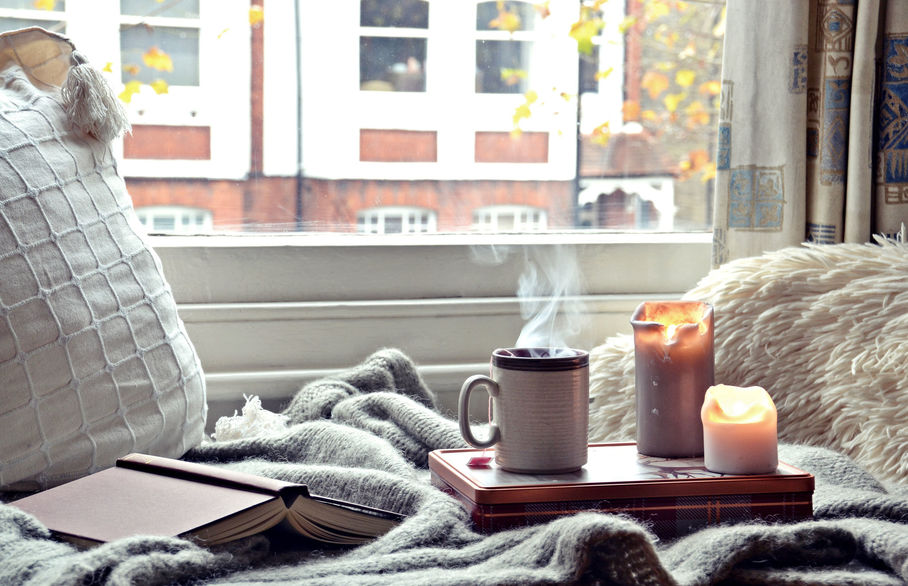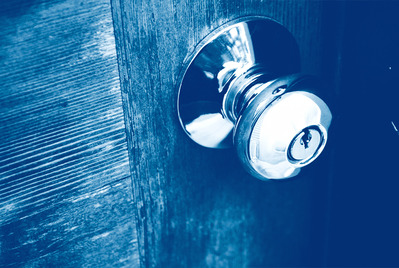
Most rented properties suffer from damp at some point and, as a landlord, it’s something you really need to keep on top of. While surface mould on the bathroom ceiling might well be entirely your tenant’s fault for not ventilating the room properly while they’re showering, it is your responsibility to ensure the property is maintained in the safest possible condition.
If left untreated, even a simple patch of mildew can grow and spread, developing into mould. And if it’s not removed, mould can damage furniture and belongings, cause mite infestations and may result in serious health implications for your tenants. Inhaling or touching mould spores can cause allergic reactions, asthma attacks, respiratory infections and even affect the immune system. For already vulnerable tenants, any of these could lead to worsening their health, so you’ve got to take any signs or reports of damp very seriously and remedy the issue as soon as possible.
Bear in mind too that if the tenant complains to the local authority, they approve the complaint and you haven’t done anything to rectify the problem, you could end up being fined and even unable to evict the tenant. As the property owner, you are responsible for understanding and diagnosing the problem and working out a permanent fix.
There are three main types of damp that can affect your property:
- Rising damp
This is caused by ground water soaking up through the floor or the bottom of walls and it’s fairly noticeable as damp patches or tidemarks on the bottom portion of walls, or big areas of black mould. You’re also likely to be able to smell it. Rising damp issues should be picked up by a surveyor when you buy a property; it’s not the type of problem that’s likely to suddenly emerge during a tenancy.
The solution? It can often be put right simply through the installation of a damp-proof membrane or damp-proof course. However, you should seek specialist advice to make sure you find the right long-term solution and the issue won’t reappear in the foreseeable future, ensuring you have a guarantee and warranty for the work . - Penetrating damp
This is generally caused by rainwater getting in through the brickwork because of cracks and failing mortar and it often occurs when guttering is damaged and water is allowed to run down the outside of the walls. Internally, you might notice patches towards the tops of walls, or perhaps around windows, which would suggest they haven’t been sealed properly or the seal has degraded over time. Damp patches on the ceiling could indicate an internal leak, perhaps from the water tank or a bathroom, or rainwater could be penetrating though the roof.
If you see a white residue or ‘tide mark’ on the outside of the property, that’s where salts in the rainwater have been left behind when the penetrating water itself evaporates – known as efflorescence.
As with rising damp, existing penetrating damp should be picked up on a survey at the point of purchase, but it can simply develop over time, particularly if a property doesn’t have regular maintenance checks, both inside and out. So, as winter approaches:
- have the guttering checked to make sure there aren’t any cracks or gaps
- check the roof to make sure it’s wind and water tight
- look for any signs of cracking in brickwork or missing mortar.
The solution? Penetrating damp is a temporary problem that should be easily fixed by making repairs to the fabric of the property. However, be aware that you might need to treat the inside as well as the outside, to ensure you remove any risk of mould growth. - Condensation
This is the most common type of damp and it’s rare to find a rented property without it! When there’s a big difference between the inside and outside temperatures – which often happens if a property isn’t heated properly - condensation forms as water on windows. If it’s not wiped off, it runs down the window and pools at the bottom of the frame and on the sills, possibly even soaking into the edge of the flooring.
In rooms where excess moisture is generated – the bathroom, kitchen and anywhere that your tenants dry washing inside – unless there’s ventilation to allow the moisture to escape, it will settle. Eventually, it will develop into mildew (little black spots) and then grow and spread as mould.
The solution? Firstly, make sure there’s adequate ventilation in rooms where excess moisture is created. It’s a good idea to hard-wire extractor fans to light switches in the bathroom and kitchen and there should always be an opening window where possible. Secondly, ensure the heating works properly and is as cost-effective as possible, to encourage tenants to use it. Where you find mildew forming, clean it off and treat the area with an anti-mould spray, then when you next redecorate, use specialist anti-mould paint on all the ceilings.
Five top tips for your tenants to help avoid condensation & surface mould
- Open windows and/or switch on extractors when cooking in the kitchen, using the bathroom and drying washing
- Wipe off condensation on windows
- Open your bedroom window for 15 minutes each morning
- Keep the inside temperature as constant as possible
- Don’t push furniture up against walls, where moisture can get trapped
If you are looking for more information on letting out your property contact your local Reeds Rains branch.
The Reeds Rains Content Marketing Team



